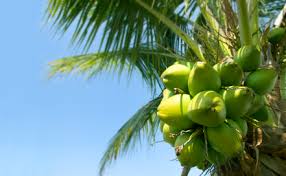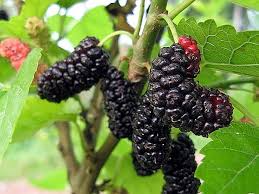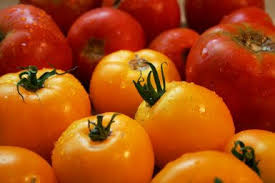Researching our family roots.
There is a saying that any fully developed person will both grow wings and put down roots. Since winter is about to leave us in favor of the next spring, and take with it the roots and the green leaves (actually, they will still be with us, just a bit less beautiful than in winter), this is the time to talk about root issues – celery, for example.
Roots are a clear feature of winter: the plant labors and meticulously stores sugars and good materials in its roots during the warm season, when the leaves can absorb the sun's energy. Using a process called photosynthesis, the plant turns sunlight into sugar and preserves it in its storage bin, that is the root. The root is the repository of all good things that the plant, and we, need, such as vitamin A and vitamin C – both are great vitamins for the winter, and our immune system is very happy to receive them, and also vitamin B, potassium, iron and calcium. And we, when winter arrives, sniff around waiting for the odor of rain and wet boots, taking a deep breath of this cool, wonderful air, and run to put up a pot of wintery soup. And what is a wintery soup if not a roots soup? In fact, most of the soups I know include oil, chopped onion, parsley root and celery root.

By the way, it is true that celery has leaves and a root – but they are not the same plant. There is a certain species of organic celery that you plant for its leaves, and its root is quite small, and another species that is blessed with a large root but the leaves are not spectacular, which is called "celery head". Originally organic celery was a wild plant in the Mediterranean area ( of course it was organic, who sprayed anything hundreds of years ago?). When man saw that it was good (and perhaps some ancient Yiddish mama already that chicken soup that would not be complete without it), he began to plant celery in his garden. Little by little people began to domesticate and cultivate it – those for the roots (in which case the seeds of the most juicy and plumpest roots were kept from year to year) and those for the leaves (and they chose the seeds of the plants that produced the most successful leaves).
Celery’s history goes back a long way to the days of the ancient Greeks and Romans who saw it as a cure for many ailments (from heart disease to rheumatism) and praised it in their songs and in their philosophers’ writings. They even managed to make alcohol out of it (it is amazing from what different plants people managed to produce alcohol – as they say "need is the mother of invention”. Exactly so) and they promised that it was actually a drink that enhances male potency, and was also effective for improving athletic achievements. We can now tell all the Olympic athletes that we have a replacement for the steroids they take.
The celery head is indeed good for soup, but like many other organic vegetables, with some imagination you can get a lot more out of it. Interesting ideas can be found in our organic recipes page, but even without delving too deeply into the preparation instructions, you can match organic celery with some great and simple friends who are happy to partner with it: cheese dip or filling celery stalks with some dominant cheese flavor (like blue cheese) can do a great job. Not only do the flavors complement each other, but also the textures go well together – the softness of the cheese alongside the crispy celery stalks (I read somewhere that it is only organic vegetables that when eaten sound like someone is stepping on a pile of dry leaves). Another nice option for filling celery stalks is egg salad.
What else? You can make a nice antipasti from slices of celery root in the oven. It is happy to have a few drops of good balsamic vinegar, or alternatively a spoonful of fine tahini. You can also use the root and the leaves in a salad –the root should be grated, the leaves chopped, add a little lemon and olive oil (did we mention already that celery is a Mediterranean representative, and what Mediterranean food does not like lemon and olive oil?) And enjoy.

That’s it, give the celery stalk and its brother the root a last hug, so we can comfortably long for them until next winter, because spring is starting and with it a variety of new excitements.
To health,
Yours,
Maggie and the garden team
Organic vegetable baskets (draft only):
Green Fava Beans
Leeks
Cucumbers
Tomatoes
Swiss Chard
Kale
Potatoes
lettuce
parsley
Colorby
Fennel
In the large organic vegetable baskets, also:
Sweet potatoes
onions
Green garlic
mint
Organic fruit baskets:
Bananas
Oranges
Papaya
In the great organic fruit baskets, also:
More oranges
And more bananas
Clementines









